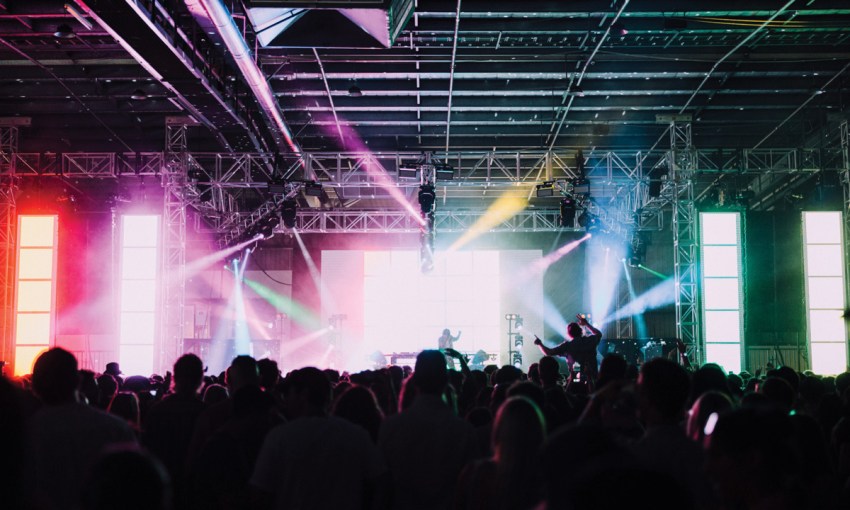We peek beneath the gleaming veneer of South Australia’s homespun music festivals to understand the machinery of bringing happy punters to a field for a good time.
How to throw a music festival
From the perspective of the average punter, a music festival is not unlike a magician’s sleight of hand trick.
From the smooth trudge through the security bag check, to the guarantee that one’s favourite act will be playing at a specific time on a specific stage, the hours of work behind making everything come together is out of sight, out of mind.
And so it should be – revealing the magic behind the bunting would shatter the cool, calm and collected illusion.
We’re spoilt for choice here in South Australia, with a range of tastes catered to: Laneway for the highfalutin and cutting edge, Heaps Good for the Triple J-obsessed, and WOMAD for the globally minded.
The live music industry is an economic giant. According to PwC, live music pre-pandemic made up 53 per cent of total music industry revenue in 2018. Though that share naturally dipped in 2021 to make up just 16 per cent of a $1.41 billion industry, the consulting firm said the sub-sector is set to recover to pre-pandemic levels this year.
But attracting thousands upon thousands of attendees – and their wallets – doesn’t just happen. It takes a lot of work.
“It’s harder than it looks,” says Daniel Michael, director of Gluttony, who’s been behind the scenes of prominent South Australian gatherings since 1998.
“You can only work it out by doing it. Music festivals are a bit like nightclubs or restaurants – everyone thinks they’ve got a better plan than the places they’ve gone to.”
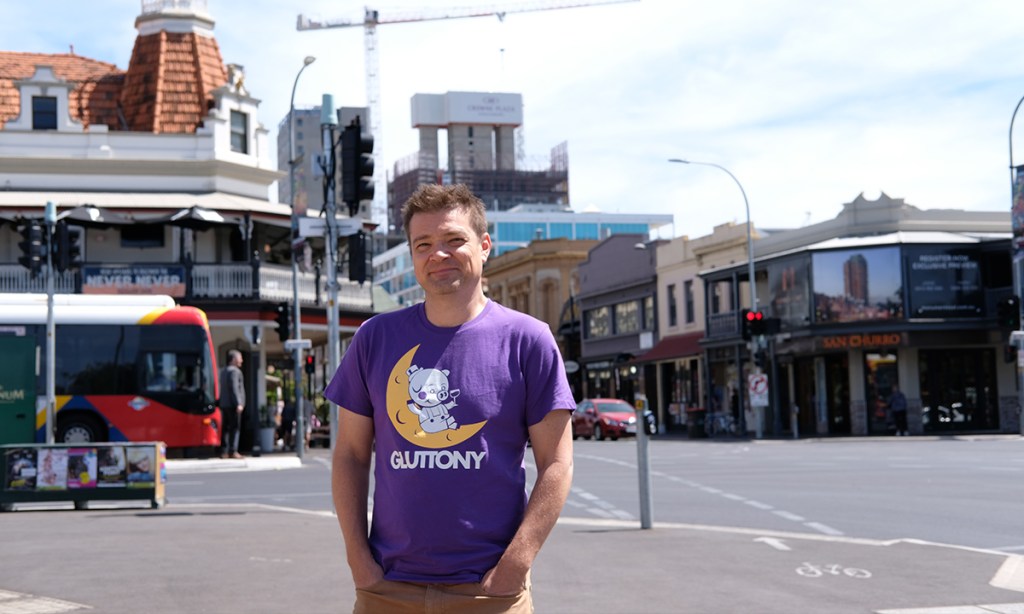
Gluttony founder, Daniel Michael
With more than 20 years’ experience, Daniel knows what he’s talking about. In ‘98, alongside two mates, Daniel threw his first festival, Enchanted Forest, an event centred around underground dance music, like trance, drum & bass and dubstep, which ran until 2008.
Punters would drive outside of Adelaide, pick up a map (this was pre-smartphone) and find their own way to the festival.
He says the event grew to a point where around 8000 people would make their way to Enchanted Forest, and at the time it was “one of the biggest locally produced and made events that wasn’t tied to an interstate promoter”.
Daniel notes that locally made festivals were more prominent 20 years ago, but eventually became nationally run affairs from promoters outside of South Australia who threw touring festivals. He cites Stereosonic, Future Music Festival and Parklife as examples.
“Most of the events we see now are on a national tour, which has some benefits because of the quality of acts, but that isn’t everything – there are some drawbacks,” he says. “There used to be a distinct flavour to our events that was its own and different.”
In terms of high-profile, locally made music festivals, it’s hard to look past Five Four Entertainment. Co-founded by Craig Lock and Ross Osmon, the company is behind some of Adelaide’s most prominent venues, like Lion Arts Factory and Hindley Street Music Hall. They’re also the minds behind Spin Off (which started in 2012), the Adelaide leg of Laneway, and the recently inaugurated Heaps Good.
Held in early January, the first edition of Heaps Good was a breath of fresh air, boasting a lineup including South Korean DJ and producer Peggy Gou, emerging UK talent Pinkpantheress, and one of the world’s biggest rock bands, Arctic Monkeys.
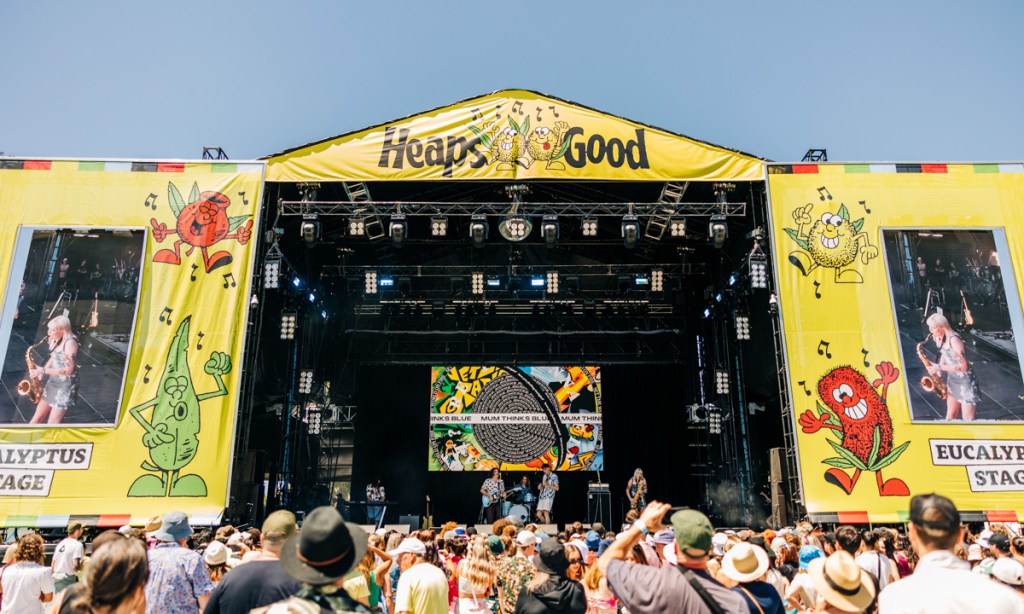
Speaking to CityMag, Craig describes the first edition of Heaps Good as a great success. He says being able to put on a two-stage festival at the Adelaide Showgrounds was somewhat nostalgic, having been a regular attendee of the Big Day Out in its heyday.
“Going to the Big Day Out when I was younger and not working in the industry to putting on something that harkens back to that was pretty cool,” Craig says.
Though hard to calculate, Craig estimates between 300 and 500 people would have worked behind the scenes to get Heaps Good off the ground. This includes not just the Five Four team, but teams that travel with the bands, suppliers of food and infrastructure, ticket staff, security and other vendors.
Craig says festivals ultimately live or die on their lineups, and balancing budgets to ensure you’re not overpaying for a headliner can be tricky.
“Getting the lineup right is the first thing you have to get right. If you do that, then you’ve got a chance of success – but just a chance,” he says. “Once you’ve done that, then you’ve got to start selling tickets and marketing the event, and finally think about how you’re going to make the experience enjoyable.”
It’s this pressure to nail lineups that both Craig and Daniel believe is the reason behind the cyclical nature of the music festival industry – a period of boom and bust that sees the scale of events blow out of control, leading to major losses and the death of some of our most beloved gatherings.
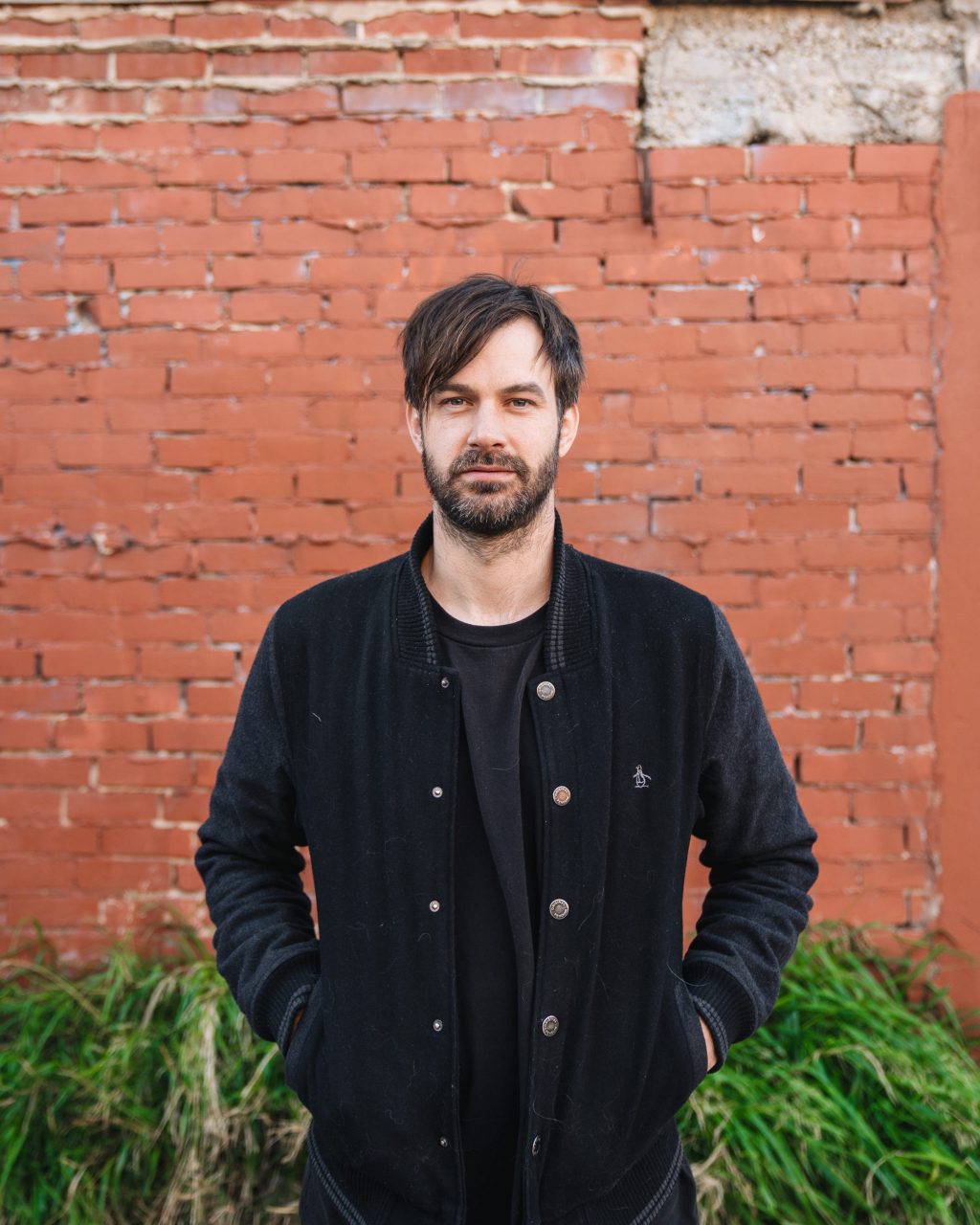
Craig Lock
Craig believes Australia is now at the very beginning of a new era of festivals, with green shoots popping up nationally, brought to life by young, energetic promoters. This growth in choice is “exciting”, he says, but could be cause for concern.
“If you look at the last 15 years of music festivals in SA, and even nationally, they go through boom-and-bust periods,” he says. “There was a period of time in Adelaide where we probably had six to 10 major music festivals, and then that all collapsed because the saturation point got too high.
“Now we’re coming into a second wave with lots of events happening at once, which is great for punters in that they have so much choice, but in the back of my mind I’m weary because I’ve seen this happen before, and if there’s too much going on not everything can be supported and the bubble pops again.”
Daniel also reckons we’re at the beginning of a new cycle, and hopes promoters won’t fall into old traps.
“What happens is they start outbidding each other for acts and pay too much for acts,” he says. “They then have to recoup the money, so they charge too much for drinks and entry, they cut back on other things to pay for that because certain DJs or live acts that are the biggest puller are charging double than they were before. Then the quality of the show that people are paying for becomes less.
“I think we’re at the start of another cycle, and I think next season people are going to start to outbid each other, and then the value of what people will get will be under threat.”
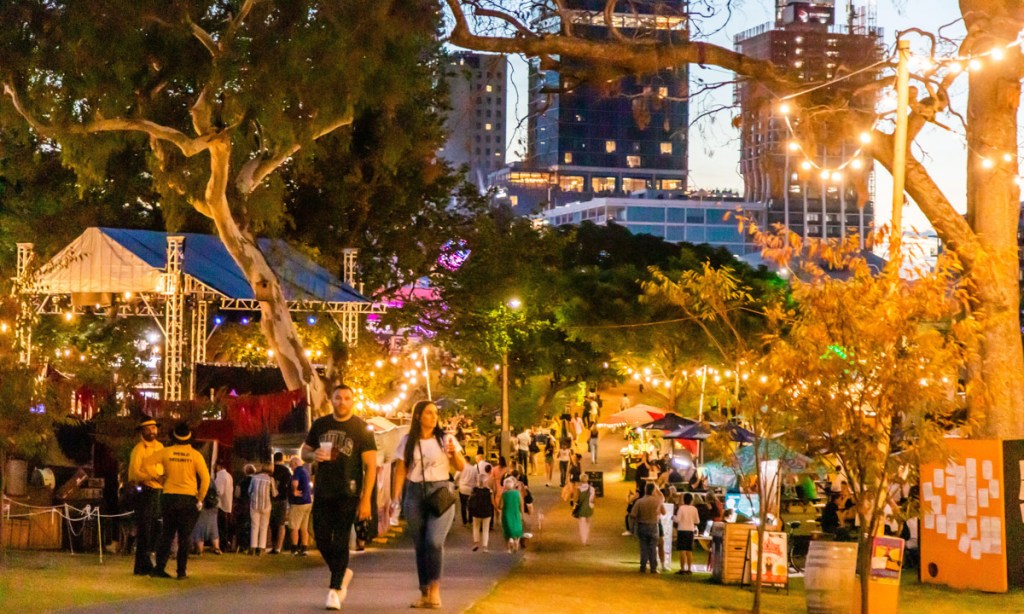
Gluttony by Daniel and his team
It’s not an industry for the faint-hearted, but for anyone aspiring to throw the types of iconic events that truly inspire, excite and thrill South Australians, the two promoters have some advice.
“Start small and build up,” says Daniel.
“If you start small and grow organically you have a better chance of long-term success than if you try and do a really big one to begin with. You risk crashing and burning.”
Craig agrees, citing Laneway’s trajectory as a good case study for how to grow organically.
“Laneway has grown in a really slow and sustainable way. It started off in the courtyard of what was Fowlers at the time and went to Port Adelaide, and now is in Bonython Park,” he says.
“It takes a lot of planning and luck to make that happen, and if it doesn’t quite work for you then you might not be back again. But Laneway has done it in a really slow and organic way to just keep growing bit by bit over time.”



